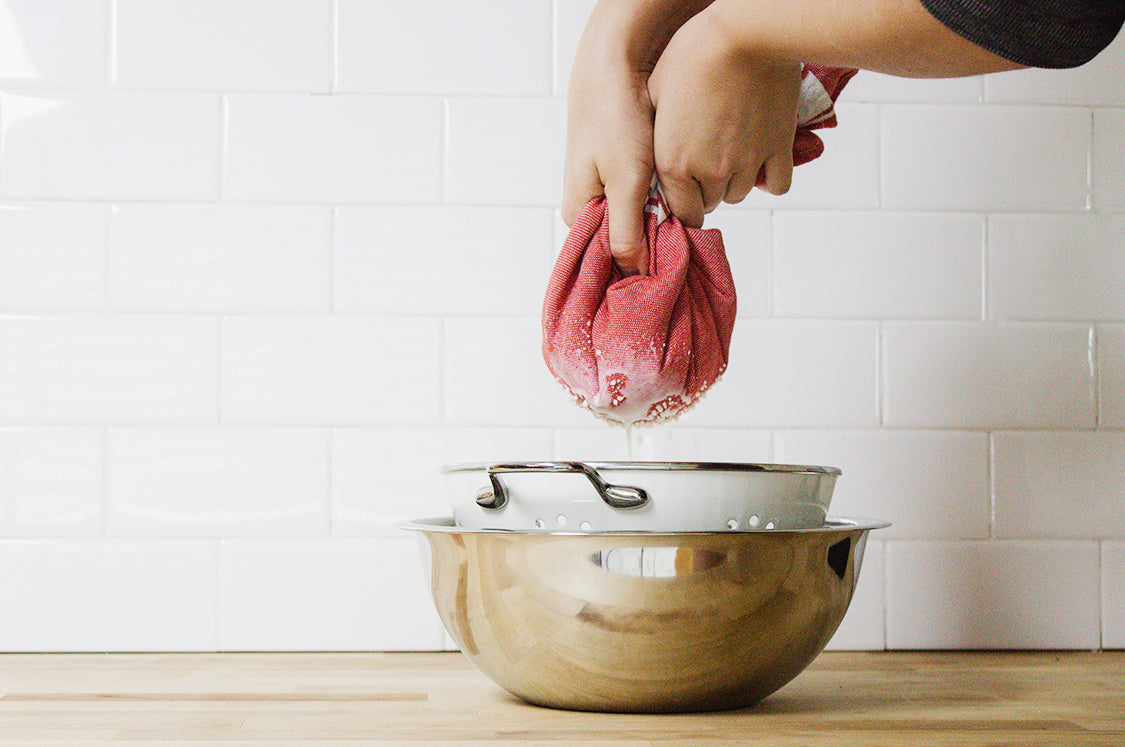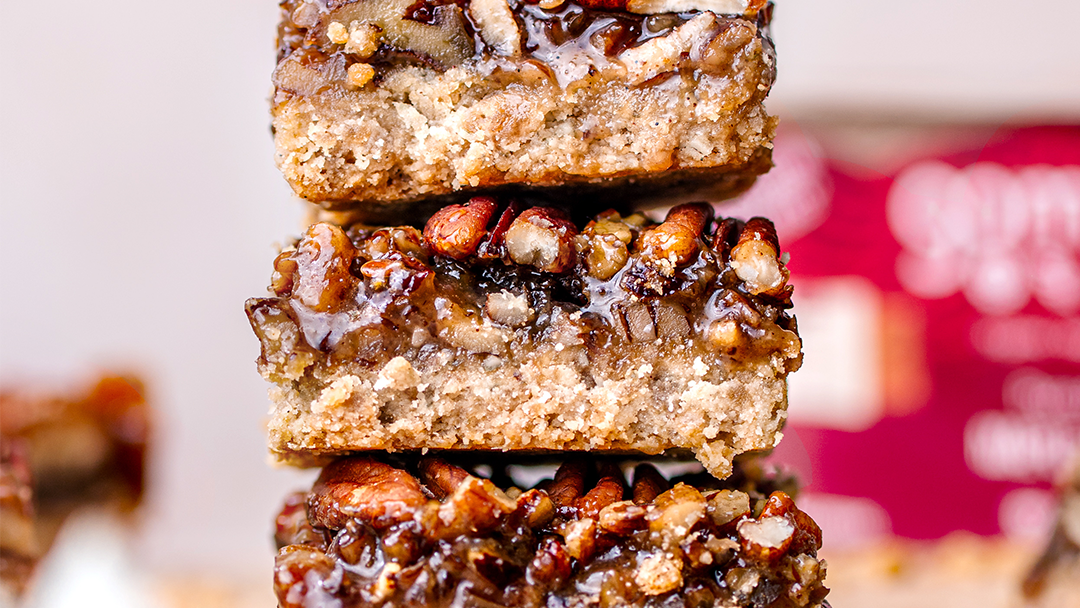Homemade Almond Milk
Prep Time: 15 minutes
Cook Time: 12 hours

I’ve learned to include non-dairy milk in many of my favorite classic recipes over the years, including my original macro cookie recipe, and have developed a love for the many different varieties.
I’m happy to share a classic & simple almond milk recipe that will teach you the fundamentals of nut-milk making. Once mastered, the recipe can be altered to experiment with other nuts, spices & consistencies. (I often cut the water in half to make an almond paste that I use in many pastries). Truly the sky is the limit!
I hope you enjoy this classic recipe & share your own personal varieties with us in the comments below!





